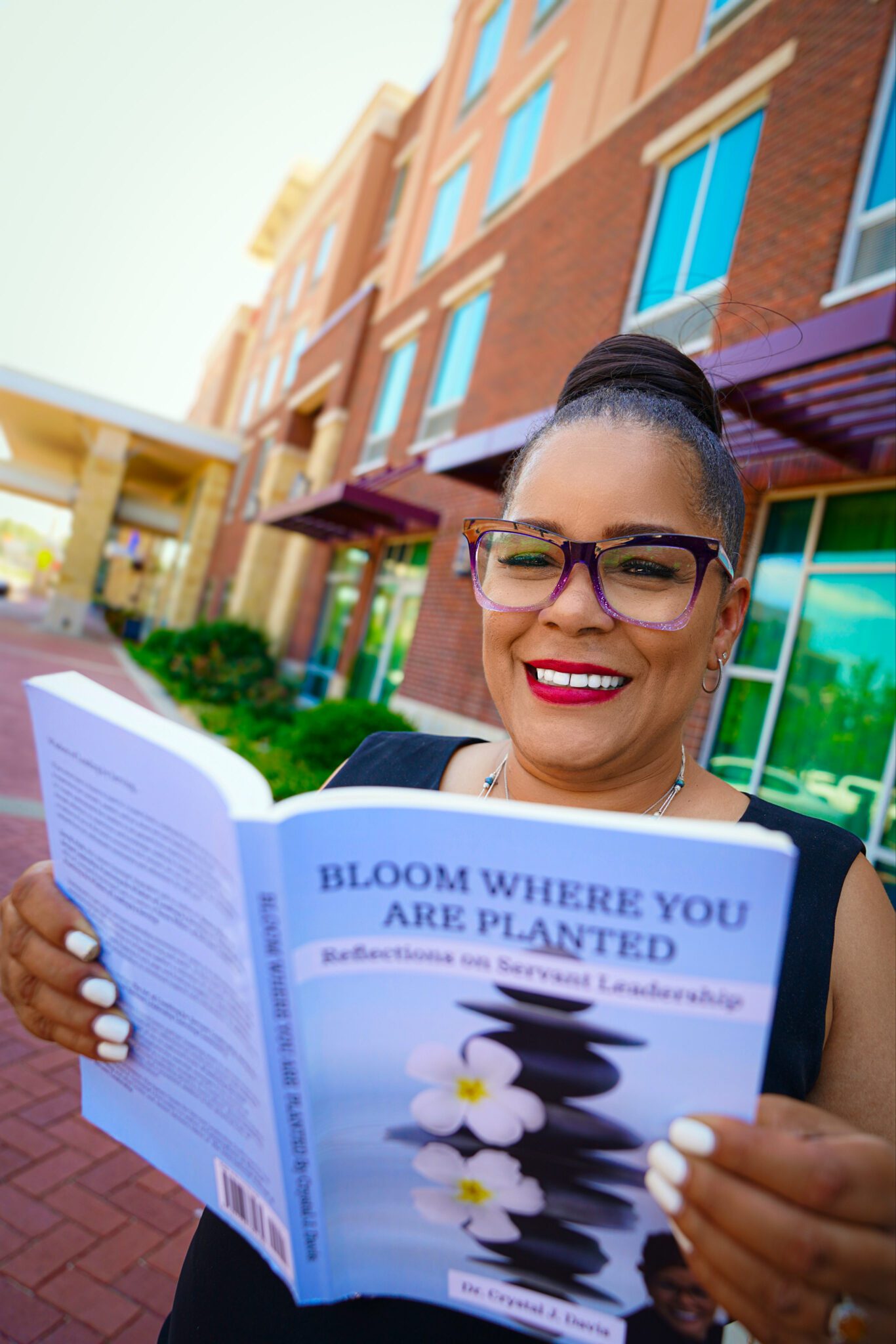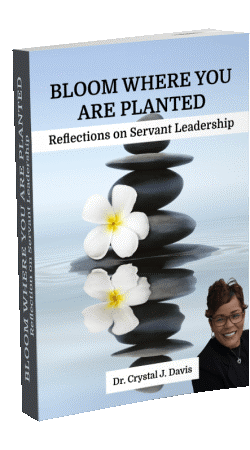
“Now there are many, many people in the world, but relatively few with whom we interact, and even fewer who cause us problems. So when you come across such a chance for practicing patience and tolerance, you should treat it with gratitude. It is rare. Just as having unexpectedly found a treasure in your own house, you should be happy and grateful toward your enemy for providing you that precious opportunity. Because if you are ever to be successful in your practice of patience and tolerance, which are critical factors in counteracting negative emotions, it is due to your own efforts and also the opportunity provided by your enemy.” ~Dalai Lama XIV
Servant Leaders understand that emotional intelligence is a key competency of Servant Leadership. As does the Dalai Lama in the book, A Force For Good: The Dalai Lama’s Vision for Our World by Daniel Goleman. The Dalai Lama calls this emotional hygiene and says that we should caution against, “the enemies of our well-being” that are negative feelings that either leads us to harm ourselves or others or undermine us through inner turbulence, hijacking our mental freedom.
One enemy of our well-being can be our attitude. It is necessary to check our internal thermometer to gauge how we are feeling. Our mental freedom is important to our sense of peace because as the Dalai Lama puts it, “An unruly, agitated human mind, given the fits of rage, malice, obsessive craving, jealousy, or arrogance can ruin lives.” By minding our feelings, we can face them head-on that is a first step to managing them.
Minding our Feelings
Becoming aware of our feelings helps to offset what the Dalai Lama calls an emotional hijack. One method to handle rocky emotions is to notice the emotional stirrings that signal destructive emotions, then thinking about what those emotions mean (mindfulness). Using a fresh perspective, a different perspective, on our feelings rather than the same old thoughts that usually goes with the emotions can help us control and emotional hijack.
When we handle turbulent emotions, it helps to understand the build up to them. If we can understand the build up to the emotional hijack (what happens leading up to it), then we can short-circuit what otherwise would become a huge emotional hijack. How do we get there?
Getting There
Psychologists’ Phillip Shaver and Mario Mikulincer met with the Dalai Lama and talked about their experiments on how to evoke secure based feelings-that is more kindness- even in people whose feelings were stuck in insecure patterns. What they found is people who are insecure tend to be less tolerant of other groups and are less likely to act altruistically and are less compassionate.
The psychologists concluded that helping people shift into a more secure sense of self, positive states of consciousness- that in doing so, insecure people showed a greater willingness to help someone. They were more compassionate.
Words like love triggered a kind of attachment that made people more mentally available while staying stuck to our insecurity makes us susceptible to a sea of negative feelings. A secure state of consciousness (being) diminishes destructive emotions (emotional hijack) and amplifies our positive ones.
The Dalai Lama argues that cultivating a greater control over our inner world is a potential for everyone and in this way, we can lessen our destructive feelings like anger, fear, and suspicion. It’s all about becoming mindful of negative thoughts. Understanding where we are and where we want to go in our internal world is critical to Servant Leaders. We could use a map to help us.
A Map of the Emotions
The Dalai Lama envisions that one day we will have this sort of map like an airline maps for air travel that can guide us through managing our emotions with the result being compassion.
It is important to know what emotions are helpful and which can become destructive, how they both develop, and the connections between them. The more we know about emotions, the better we can handle them. This is why a map of emotions can help.
It is also important to note that no emotion is good or bad. They are all useful in life. Fears can be valid in that they mobilize us to face an actual threat while, on the other hand, it can be destructive if it is a paralyzing distortion of reality or a wildly exaggerated misperceptions that are seen in agoraphobia.
Servant Leaders understand that the spectrum of emotions that run from our well-being to those that destroy offers main coordinates for our inner terrain. It is helpful to understand both the up and the downs because sometimes when we are so fixated on what’s upsetting us, we have no bandwidth left to notice others or to empathize with them.
We have to become more aware (mindful) of where our moods are coming from. We must delve deeper into the real causes and conditions of our destructive emotions. The Dalai Lama says whether we are guided by such a map or any other useful method, each of us is capable of making small improvement. A recent book on meditations says that even if it just, “ten percent happier,” we can begin by dealing with our own inner confusion and find a path to greater happiness.
Cultivating Emotional Balance (CEB)
The CEB program integrates equal parts of Tibetan contemplative traditions and modern psychology to help people balance emotions. Eve Ekman, a medical social worker shared that CEB program with 60 inmates at the Soledad State Prison in Monterrey Bay, California. What she found is that as the prisoners were able to map their emotions (most had never felt loved, cared for, or connected found solace in drugs, and a life filled with fear, anger, and hurt), they were then able to step back from their emotional turmoil to see what they needed to release destructive feelings.
Guided contemplation offered the inmates tools for managing their inner worlds better. Five questions guided the meditation;
- What would it be like for me to attain genuine happiness?
- What would I need from the world to achieve this?
- What would I need from myself to achieve this?
- What habits would I need to learn?
- How could I bring this to the world and be of service?
Another practice Ekman used with the inmates was to focus on the sensation of their breathing. She called it resting on their inner refuge without worrying about the past of the future. She asked them not to dwell on the difficult, regretful past, but to use the present moment to set a new motivation, a new aspiration. For many of the inmates, this practice was liberating. The session closed with inmates silently wishing each person there-and themselves- well in their lives.
When Goleman last spoke to Ekman, she was going back to the prison to train three of the inmates from that day to teach the CEB program to anyone else that might be interested.
As can be seen, the CEB draws on some points that the Dalai Lama emphasizes from controlling our emotional impulses; a scientific understanding of emotions as well as contemplative tools that provide a way to cultivate a sense of ease.
Servant leaders understand that becoming cool and clear certainly does help our well-being, it alone will not help us in the service of a force for good.
For that,something more is needed: a moral compass.
Next week: The Kindness Revolution
To Emotional Well-Being,
Dr. Crystal








